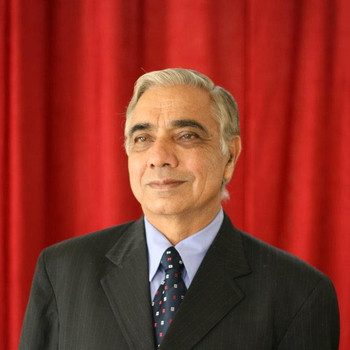Haemoglobin binds oxygen in the lungs to form oxyhaemoglobin. Describe what causes oxygen to be released from the oxyhaemoglobin as blood flows through respiring tissues?
1 Answer
Oxygen is removed from oxyhemoglobin in mitocondria of cell to be used in cellular respiration.
Explanation:
Oxygen is necessary for every living cell for aerobic respiration.
Cellular respiration involves breakdown of glucose into carbon dioxide and water. It occurs in 2 steps: Glycolysis and Citric acid cycle.
During citric acid cycle reduced co-enzyme NADPH2 is produced. The oxidation of NADPH2 results in release of hydrogen ions and electrons.
Electrons pass through a series of electron carriers releasing energy for ATP formation. Oxygen is the ultimate acceptor of electrons and gets negatively charged. It combines with hydrogen ions to form water. This process is termed oxidative phosphorylation and occurs in mitochondria.
Oxygen is thus necessary for continuation of citric acid cycle and thus aerobic respiration.

